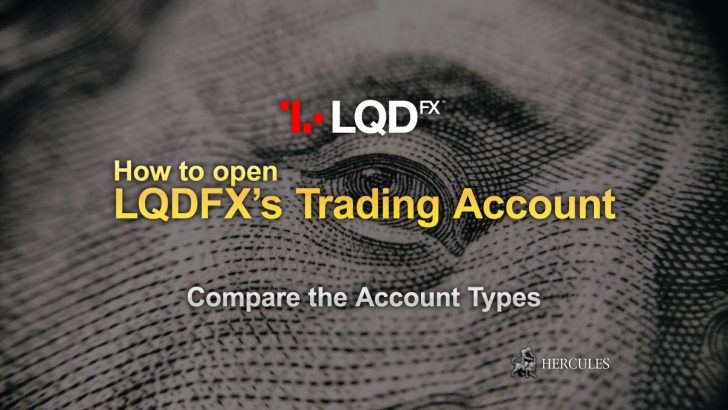The Skyscraper Index
Heights and Recessions.
- What is The Skyscraper Index?
- Examples of The Skyscraper Index
- The Skyscraper Index applies on Burj Dubai’s case
- Is The Skyscraper Index a myth
What is The Skyscraper Index?
After bringing you details of the Big Mac Index and the Misery Index, the Hercules.Finance is happy to introduce you to yet another, controversial economic indicator called ‘The Skyscraper Index’.
If you can’t be bothered to read the full page, here’s the gist:
In simple terms, this theory claims that the world’s tallest building (the record breaking kind) are usually built right before an economic downturns.
They don’t have to be completed before a recession begins.
There is some evidence to support this the skyscraper index, but in several cases it has been incorrect.
Examples of The Skyscraper Index
Want to go a bit deeper? No problem.
The guy who created the skyscraper index back in 1999 is Andrew Lawrence, a property analyst.
Not so surprisingly, it started as a joke.
Maybe this is why Lawrence didn’t bother with dull statistics of construction and investments (can you blame him?), and instead focused strictly on record-breaking projects.
He went as far back as 1907, when both the Metropolitan Life Insurance Company Tower and the Singer Building were launched, right before the economic panic took place.
The Chrysler Building, the Empire State Building and the 40 Wall Street were all launched before the 1929 crash.
The World Trade Center towers and the Sears Tower opened in 1973, during the 1973–1974 stock market crash and the 1973 oil crisis.
The Skyscraper Index applies on Burj Dubai’s case
Want another possible example?
Look at the Burj Dubai skyscraper (located, as the name suggests, in Dubai), which is 829.8 meters high and is currently the tallest structure on the fact of the planet.
The company that built it announced it has completed its exterior in October 2009.
Less than two months later, the Dubai government came extremely close to defaulting on its loans.
Is The Skyscraper Index a myth?
Needless to say, this index has encountered more than its share of critics, and was dismissed by many as unreliable.
It failed to predict at least three major recessions: The post-World War I, 1937 and the early 1980s.
An additional study (which at least proves that some people take this index as a serious possibility) concluded that building height cannot predict changes in GDP, but GDP might be used to predict changes in building height.
So, is the skyscraper index useful or just a whimsical theory?
Do some more reading, let us know what you think, and while you’re at it, stop by the our trading center and take advantage of market opportunities as they appear.










